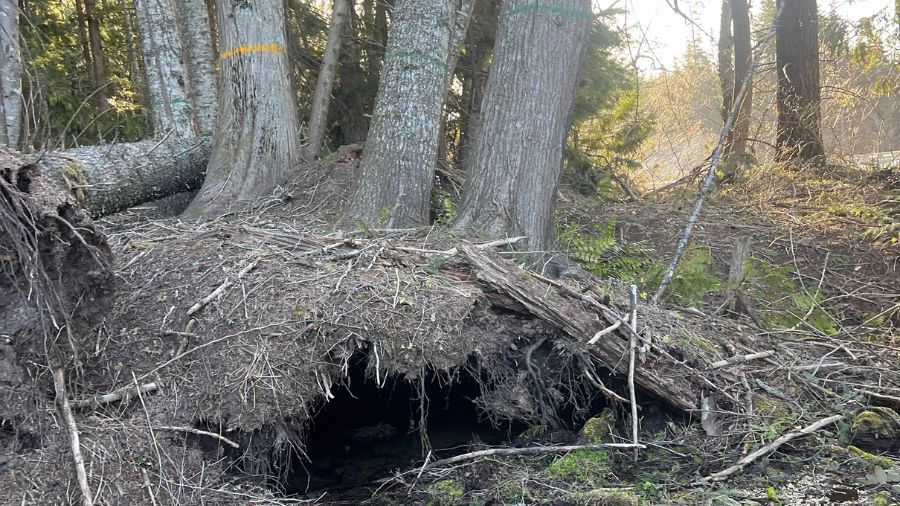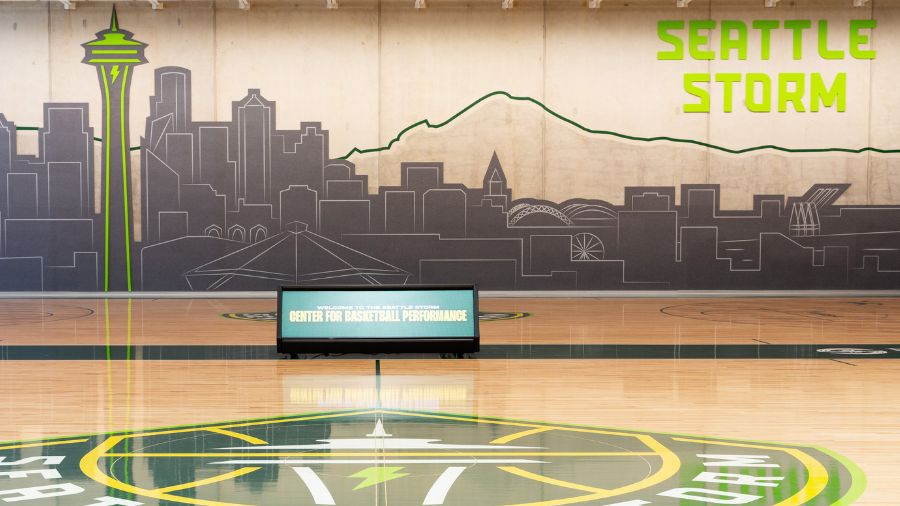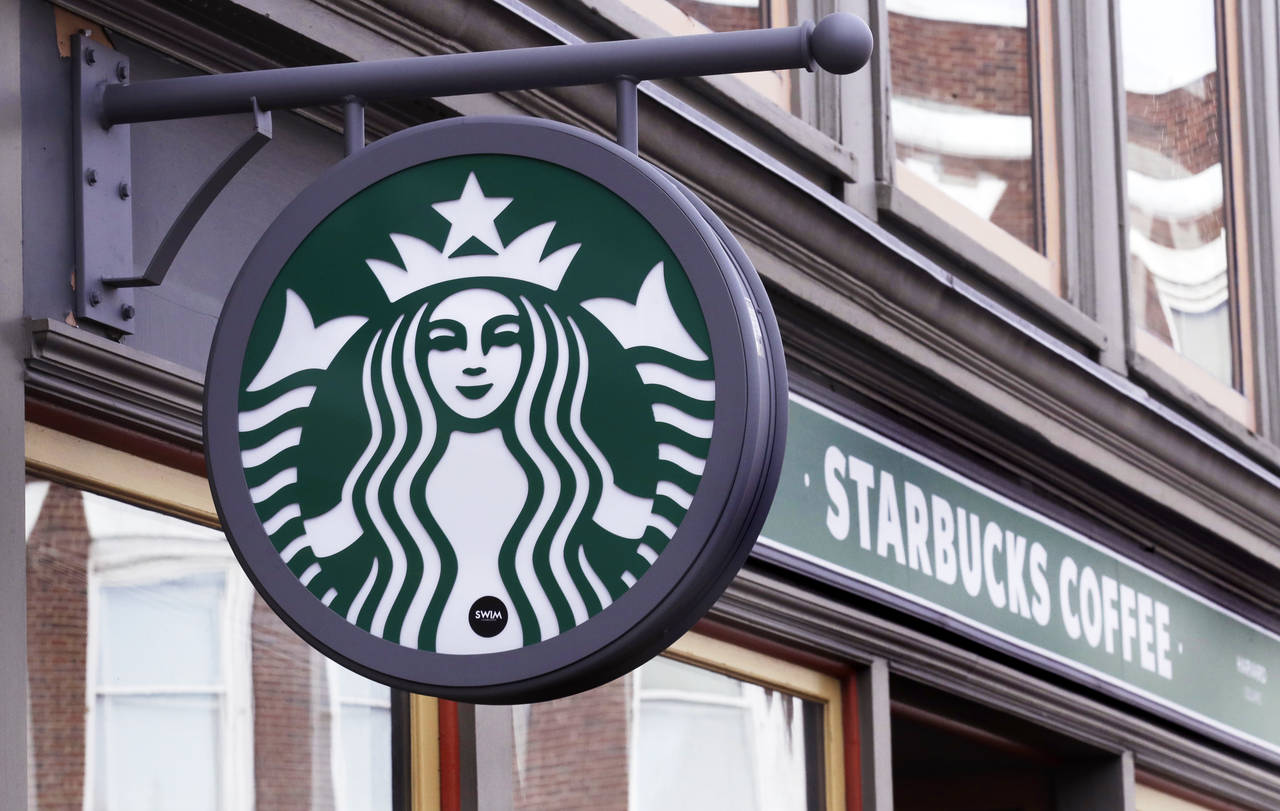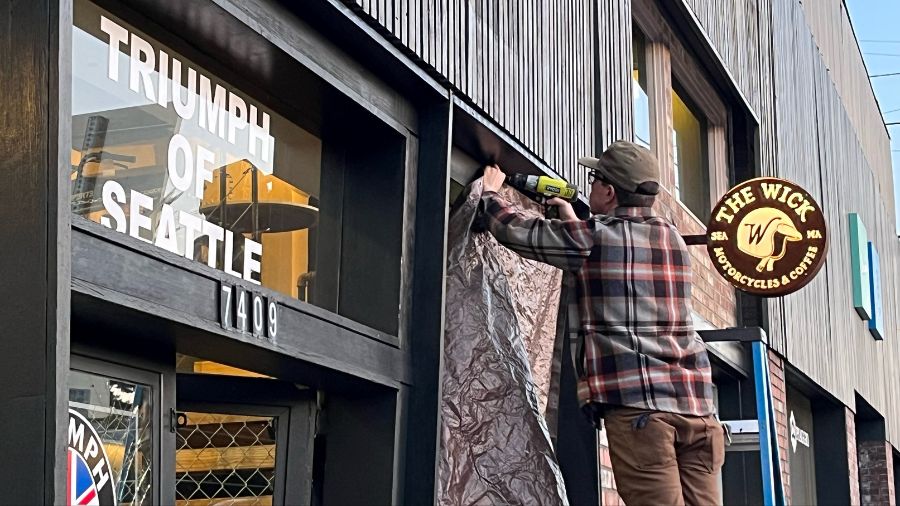Vancouver Island’s forgotten colonial history
Jan 11, 2017, 5:44 AM | Updated: 7:05 am

"An engraving of Victoria, Vancouver Island as it appeared in 1860." (Courtesy Library of Congress, Geography and Map Division.)
(Courtesy Library of Congress, Geography and Map Division.)
This Friday marks an important but mostly forgotten anniversary of an odd but oddly resonant chapter of Pacific Northwest history north of the border.
It was on Jan. 13, 1849 that Great Britain formally granted a “charter” to the Hudson’s Bay Company to run Vancouver Island as a British colony under private management. Hudson’s Bay was to be responsible for everything on the island, including enforcing laws and negotiating treaties with Natives, for most of the 1850s. They paid Great Britain a paltry seven shillings a year for the privilege.
Related: Remembering Washington’s complicated first governor Isaac Stevens
Hudson’s Bay Company, which is nowadays mostly a department store chain, was originally created by British Royal Charter in 1670 to harvest fur from what’s now Eastern Canada. The company expanded across North America all the way to what’s now Oregon and Washington in the early 1800s.
Fort Vancouver
It was the Hudson’s Bay Company that founded Fort Vancouver on the Columbia River; Fort Nisqually in Pierce County; and Fort Colville east of the mountains (and various other establishments). They were a huge economic, cultural and political force – and sometimes a help, and other times a source of friction for American settlers – around here in the years from 1818, when the British and Americans agreed to jointly occupy Oregon Country, to 1846, when the boundary between the US and British North America was officially settled on the 49th parallel.
Dr. John Lutz is a historian at the University of Victoria on Vancouver Island. He says the British gave up on their legitimate claims to possession of the Oregon Country, where the Hudson’s Bay Company had been such a force, to avoid a larger conflict with the US and its bellicose Commander-in-Chief.
“[The British] had every reason not to provoke the Americans into conflict,” Lutz said. “The President at the time, Polk, [was] something [of] a Trump-like character, he was bombastic and threatening.”
Lutz also says that the British may not have fully appreciated what they were giving up, especially the ports on Puget Sound that rapidly became so important to the economy here in the second half of the 19th century.
Once the new boundary was set, Hudson’s Bay pulled up stakes from Fort Vancouver and Fort Nisqually and moved to new digs at Victoria on Vancouver Island. They tried to hang on to that valuable real estate for Great Britain, lest American expansion should continue north. One way to keep this from happening was to encourage Brits to settle there.
The arrangement in 1849 between the British parliament and Hudson’s Bay Company to give the fur traders control of Vancouver Island was perhaps extreme, but it was also perhaps the surest (and cheapest) way to keep the Americans from overrunning and gradually taking Vancouver Island away from the British.
Related: Washingtonians can thank rebel supporter for their state’s name
Professor Lutz says that the powers vested in the Hudson’s Bay Company for Vancouver Island were vast, and went far beyond the exclusive trading rights they’d been granted for the mainland in 1670.
“This was the only place in Canada where they basically had the government give them ownership of all the land, all the resources, [and] left them in charge of dealing with the First Nations,” Lutz said. “They were the government.”
Well, says Lutz, correcting himself, they weren’t quite the only government on Vancouver Island.
“[The British parliament] actually appointed an independent governor, poor guy,” said Lutz. This “poor guy” was a man from London known as Governor Blanshard, who wasn’t affiliated with the Hudson’s Bay Company.
“He came out here with no independent colonists, really, to govern, and no salary and nothing really to do. Hudson’s Bay Company held all the power, so he only lasted a year and then went back [to England],” Lutz said. After Blanshard left, Hudson’s Bay Company leader James Douglas became governor of the colony.
This story of the Hudson’s Bay Company and Vancouver Island would be something of a footnote in Northwest history were it not for the palpable and long-lasting impacts the charter created.
Settling into island life
Professor Lutz says that some of the impacts were deep and foundational, with results that eventually became visible to the naked eye.
“When the British government established the colony on January 13, 1849, they specified that it should be established according to what they called the ‘Wakefield Colonization System’, named after Mr. Wakefield,” Lutz said. “[Wakefield’s] idea was that America in the 1840s was a failed experiment, and you didn’t want democracy in the way of American republican democracy; you wanted to reestablish the British aristocratic form of society.”
Lutz says that the Wakefield approach included making the cost of land on Vancouver Island expensive, with parcels no smaller than 100 acres, and further stipulations forcing landowners to bring five laborers with them for every 100 acres purchased. This was almost the exact opposite of the “free land” that was made available to settlers in the US via the Homestead Act.
“You can see that their idea was they would establish a ‘landed aristocracy’ on Vancouver Island,” Lutz said.
These British-style land ownership patterns created a different geographic layout for Victoria than nearby American cities of similar vintage, such as Seattle or Portland.
“In contrast to the settlement around the Willamette Valley, for example, [where] you get a whole bunch of small farms and people homesteading, you get these really large estates and they’re subdivided, and you can still see that in the geography of Victoria today.”
These large estates served as farms for the Hudson’s Bay Company but became valuable real estate investments as Victoria grew. The properties included what’s now downtown Victoria, and what Lutz calls the “elite residential area” known as Uplands. Lutz says you can even see the vestiges of the Hudson’s Bay Company when you drive a car.
“You can see the main roads — Cadboro Bay Road, Cedar Hill Road — they wind and twist and turn, unlike all the other roads because these are the old roads that take you to Hudson’s Bay Company farms,” Lutz said.
Another less tangible vestige of the Hudson’s Bay charter, according to Professor Lutz, is the complex relationships between different ethnic groups and cultures now living in British Columbia.
During the latter years of the Hudson’s Bay Company charter, Colonial Governor James Douglas negotiated a series of treaties with Native Americans on Vancouver Island that still somewhat inform how the current BC provincial government and Canadian federal government relate to what are called “First Nations” in Canada. These treaties are different, smaller in scope, than those negotiated in Washington Territory during the same period by Governor Isaac Stevens, and are generally regarded as less controversial.
And it’s the relationship between settlers and indigenous peoples that may be the most profound legacy of the Hudson’s Bay Company, on Vancouver Island and in all of British Columbia.
Lutz says that the Hudson’s Bay Company men who founded Victoria and who ran the colony on Vancouver Island were different from the American settlers who were coming to the American Northwest on the Oregon Trail. He says that the Americans were more hostile toward Natives, while the Hudson’s Bay men—who were mostly Scots—developed a “rapport” with the Natives. Hudson’s Bay Governor James Douglas even married a Native woman, as did many of the men who worked for him.
Professor Lutz says that this “rapport” contributed to what are still some pretty stark differences between British Columbia and the US.
“We never had anti-miscegenation acts in British Columbia, for example, which prevented blacks from marrying whites or indigenous people from marrying whites,” Lutz said. “And I think it goes way back to that heritage, and there’s a sense in which racial tensions in Canada are less today than they are in the states.”
“Of course there are all kinds of explanations for that,” Lutz said, “but one of them is the fact that the fur traders basically established the first government here, and made it in their own image.”
The Hudson’s Bay Company charter of Vancouver Island lasted a bit less than 10 years. The end came when the Fraser River Gold Rush of 1858 attracted thousands of itinerant settlers to Vancouver Island and to the mainland of what’s now British Columbia. Governor Douglas, fearing an American takeover not unlike what had happened in the Oregon Country, convinced the British Colonial Office to create a new colony encompassing the mainland. They’d learned their lesson about what could happen when they lost the prized land north of the Columbia River, Lutz says, and a government independent of the Hudson’s Bay Company was created to oversee what became British Columbia.
Related: Searching for the long-lost Bellevue whaling fleet
And while it doesn’t sound like sour grapes, exactly, Dr. Lutz admits that the land to the south of British Columbia that became Washington state is something that many Canadians, including a certain group of academic historians, still covet 171 years after it became part of the US.
“Sometimes my colleagues and I sit around and talk about what British Columbia would’ve looked like if it extended down the Columbia River, and what Canada would look like,” Lutz said. “It would be a very different Canada. It would be a Canada with a big population center on the West Coast and one on the East Coast. So we sometimes regret that we surrendered that territory.”
Editor’s Note: The University of Victoria and Songhees First Nation are sponsoring a conference at the end of February that will examine Vancouver Island history, including the James Douglas treaties and other issues related to Hudson’s Bay Company history.













